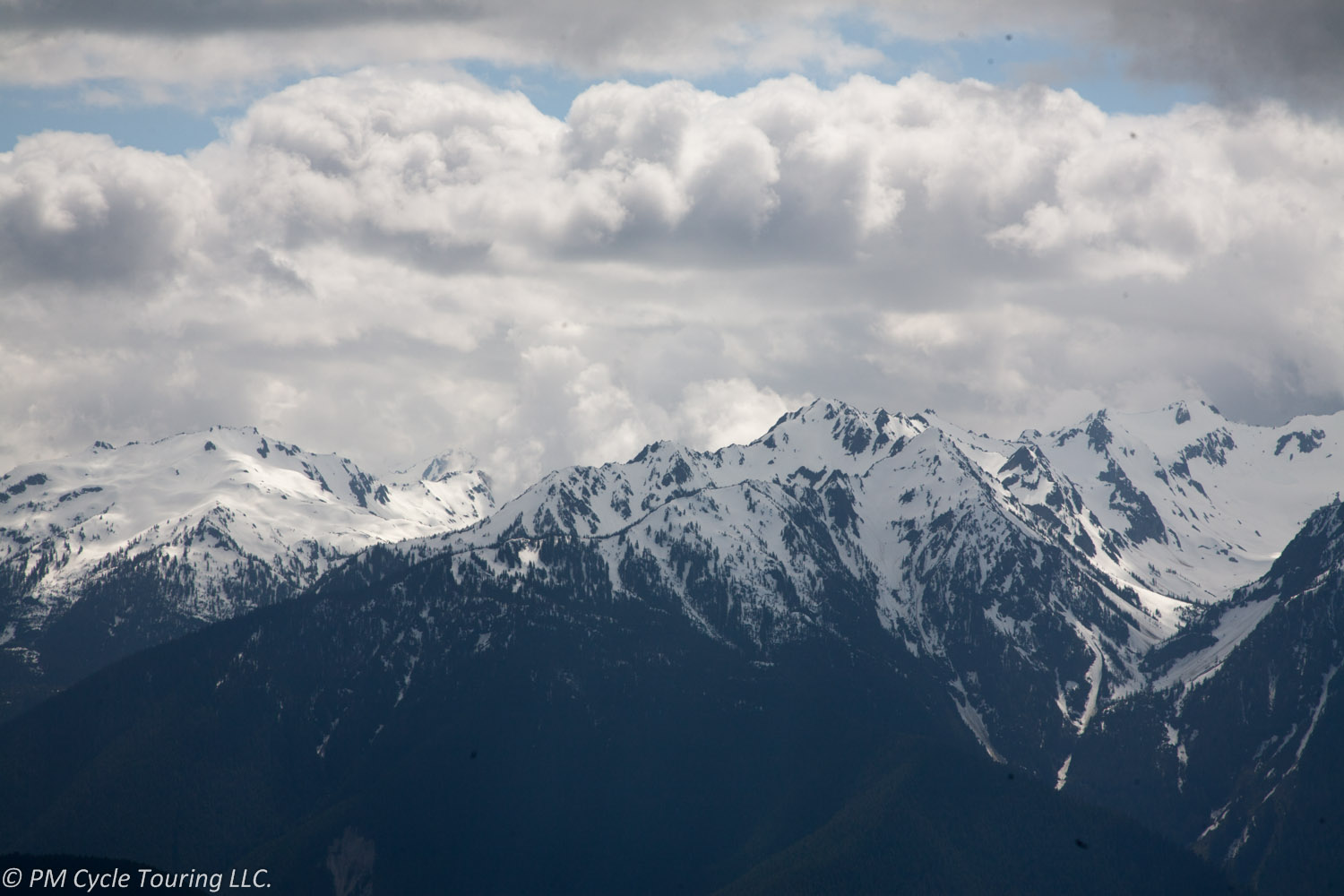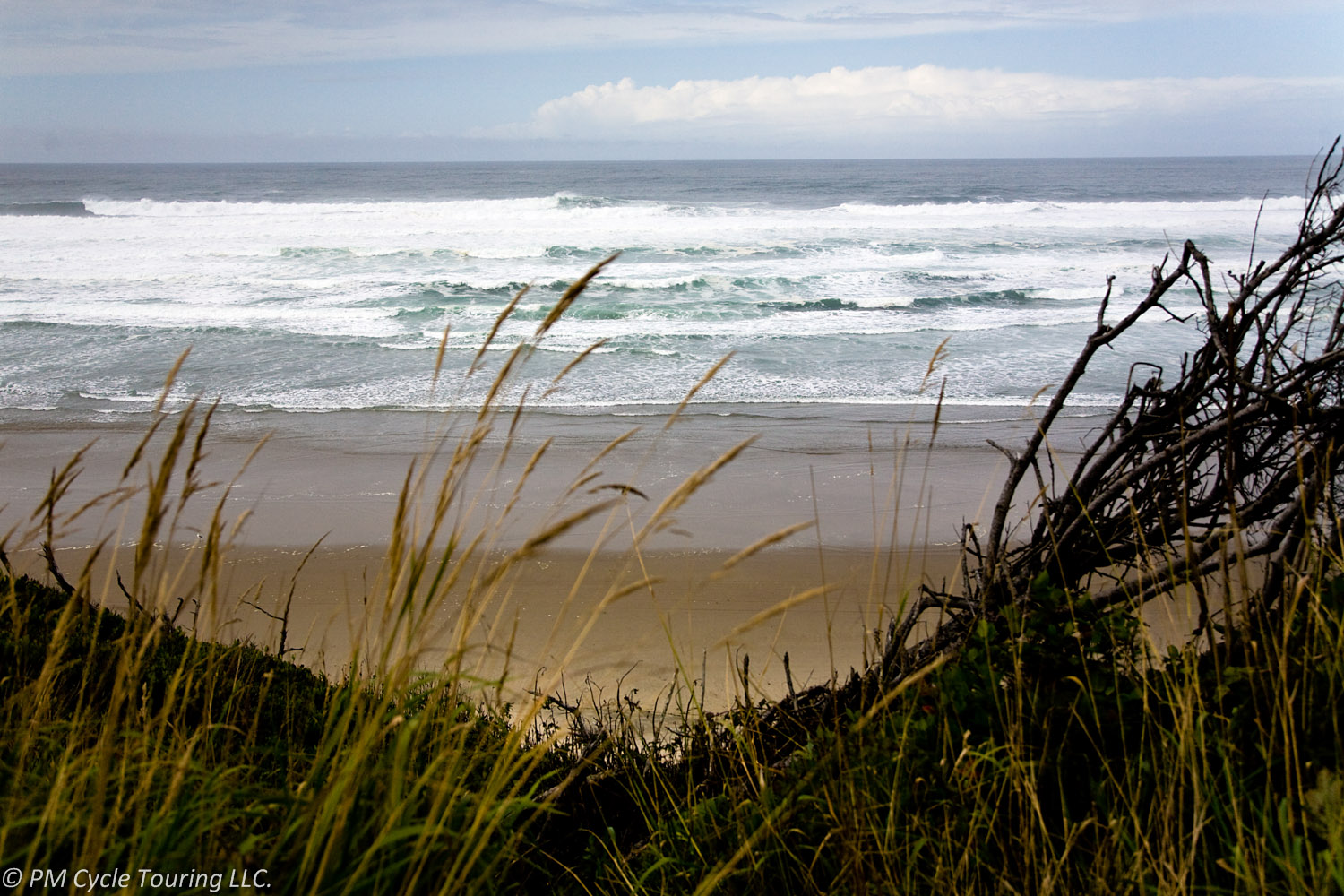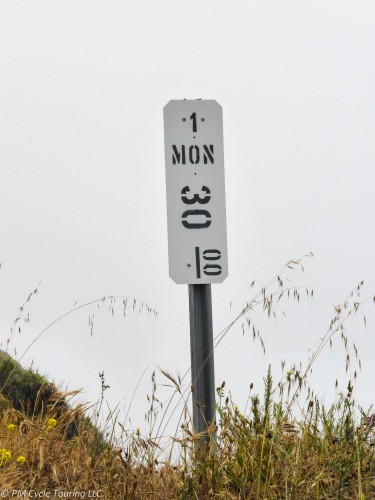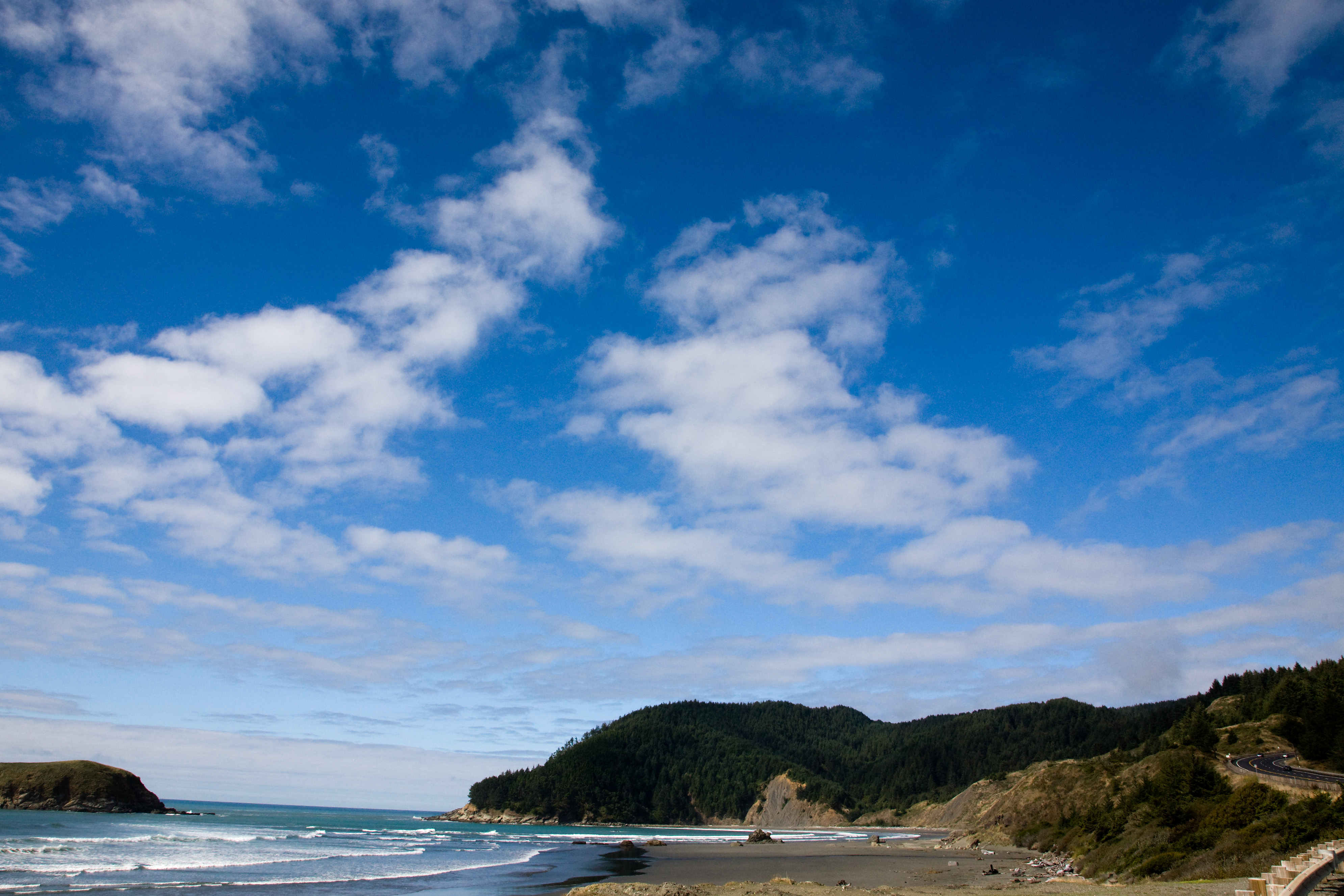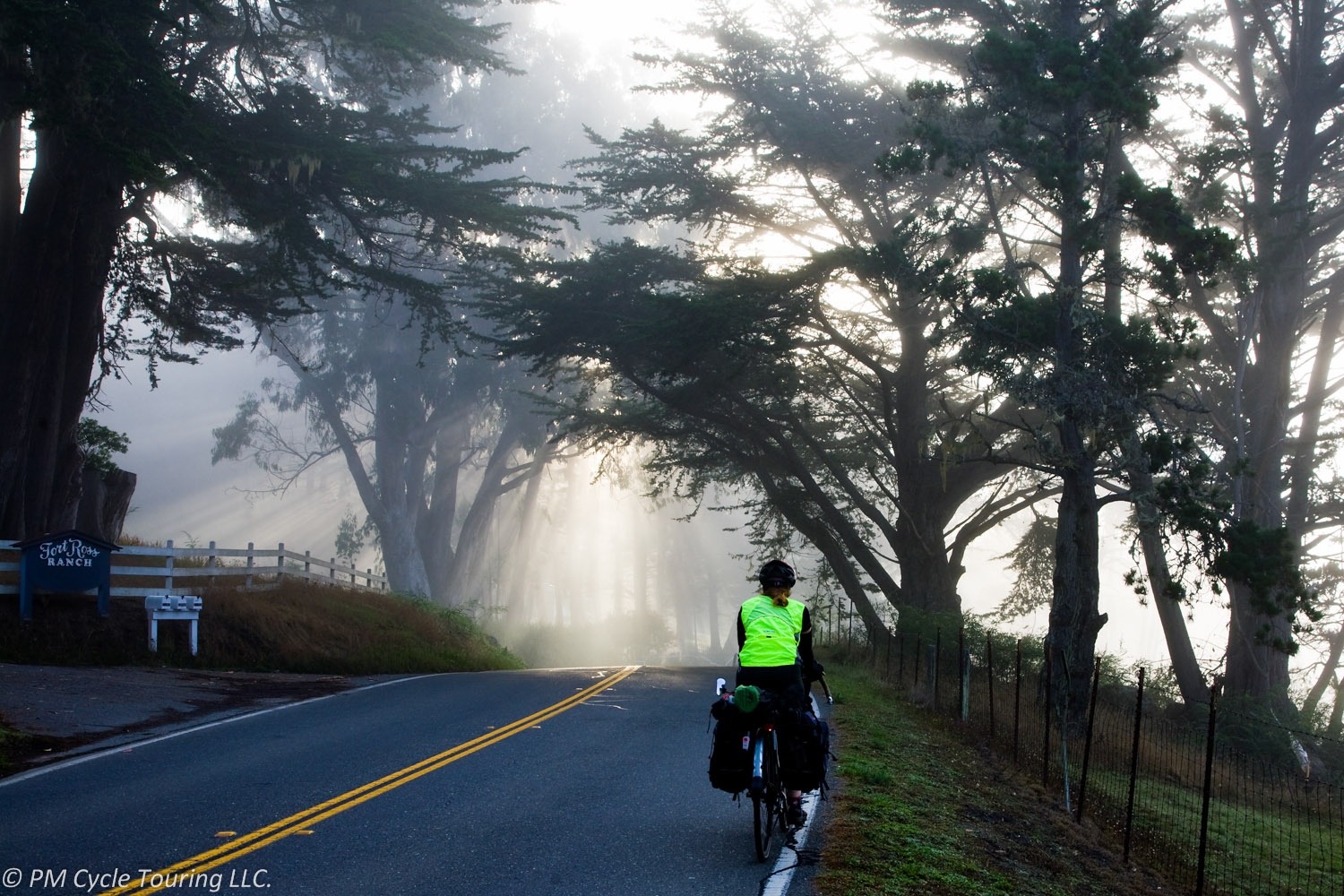So, you’ve bought your bike, and it’s been professionally fitted. Great! You’ll never have any pain, it’s a perfect fit, forever, right? Wrong! Chances are, at some point as you put miles on your bike, you’ll experience some pain. I’ll give you an example. Before my first long distance tour, I put about 500 miles on my bike, and it felt great. However, after just 250 miles of the tour, my knees were killing me and there was a pain in my shoulder that wouldn’t go away. What gives?
Well, turns out that as you ride, especially loaded, your body changes. If you do all of your training unloaded and then load up to go, there will be an adjustment period while your body gets used to the extra weight and you may pedal, sit, or grip different than your training.
Proper seat height is crucial to saving your knees over long distance rides. I’ve met some riders who are afraid of changing the fit of their bikes from what the professional fitter set it at. Unless that fitter is following you on your rides, he won’t be able to get the perfect fit for you, and it may need to be adjusted as time goes on. Initially he may be able to get the fit mostly there, but you’ll still may need to dial it in to get it just right.
I’m not a doctor or a professional, so take my advice for what it’s worth. I am a person who is not afraid of making the small adjustments necessary throughout my tours to minimize aches and pains. Here’s something that I find key: small changes can make a big difference. On that first tour, my seat height needed a few millimeters of adjustment to give my knees relief. My shoulders were helped by a smaller stem and a slight change in handlebar angle. I’m constantly tweaking my bike to fit better. I have found that if I pay attention to my body, and make an adjustment early on, I can prevent an injury before it happens. I can then ride longer and further, and enjoy my rides much more.
If you’re not sure how to make adjustments to your bike, find a local bike shop and talk to the mechanic. Hopefully he’ll show you where the adjustments are and how to do it. It’s much better to ask the questions before you leave instead of trying to figure it out on the road.
I cannot stress it enough: if you’re in pain while riding, make an adjustment. For example, mark where your seat currently is then change the seat height a few millimeters. Then ride 10 miles. If it didn’t make a difference, move it back, and adjust the seat forward or back. Ride another 10 miles. And so forth. (Another adjustment that you can make is where the clip is on your shoe. I had to change that one time, and it helped.) Don’t fear change. It just might make all the difference

